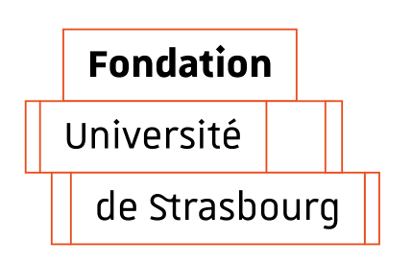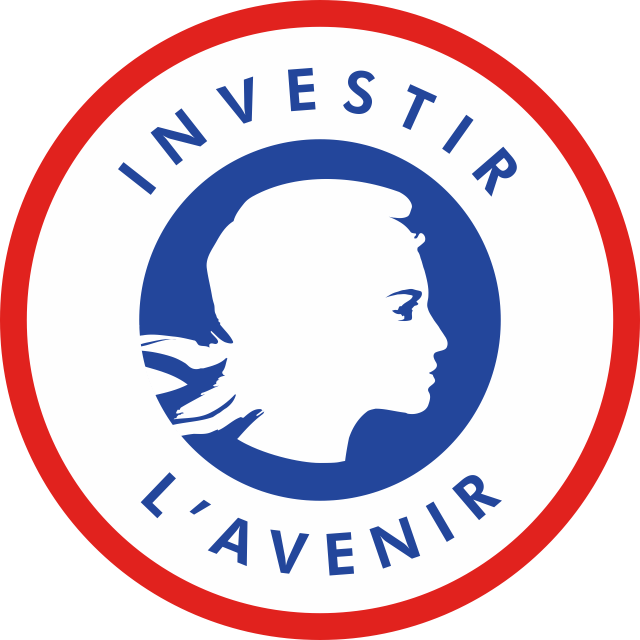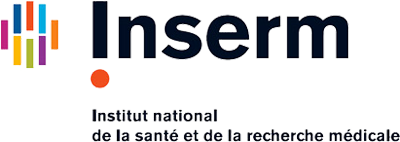Comparative and medical genomics
- Cours (CM) 16h
- Cours intégrés (CI) -
- Travaux dirigés (TD) 12h
- Travaux pratiques (TP) -
- Travail étudiant (TE) -
Langue de l'enseignement : Anglais
Description du contenu de l'enseignement
Objectives in terms of knowledge (course content) :
- Basic concepts and methodologies used in comparative genomics (orthology, paralogy, synteny, evolutionary rates…)
- Evolution of prokaryotic and eukaryotic genomes (mechanisms and evolutionary trends)
- Applied Comparative Genomics: phylogenetic footprinting, phylogenetic profiles, prediction of functional links, identification of targets by genotype/phenotype correlations…
- Population genomics
- Personal and medical genomics: variations and polymorphism, types of personal genomic data, detection and prioritization of variants, examples of large-scale projects
Compétences à acquérir
Objectives in terms of acquired skills :
- Mastery of main internet resources dedicated to comparative genomics
- Ability to mobilize multidisciplinary knowledge
- Ability to develop an integrative strategy to answer a complex biological problem
- Ability to analyse personal NGS data to identify variants (quality, mapping, variant calling)
- Ability to prioritize candidates to identify disease–causing variants
- Capacity for a critical analysis of high-throughput data
- Awareness of ethical issues raised by patient data
Bibliographie, lectures recommandées
- 1000 Genomes Project Consortium, Auton, A., Brooks, L.D., Durbin, R.M., Garrison, E.P., Kang, H.M., Korbel, J.O., Marchini, J.L., McCarthy, S., McVean, G.A., et al. (2015). A global reference for human genetic variation. Nature 526, 68–74.
- Biagini, S.A., Ramos-Luis, E., Comas, D., and Calafell, F. (2020). The place of metropolitan France in the European genomic landscape. Hum Genet 139, 1091–1105.
- Eilbeck, K., Quinlan, A., and Yandell, M. (2017). Settling the score: variant prioritization and Mendelian disease. Nat Rev Genet 18, 599–612.
- Hug, L.A., Baker, B.J., Anantharaman, K., Brown, C.T., Probst, A.J., Castelle, C.J., Butterfield, C.N., Hernsdorf, A.W., Amano, Y., and Ise, K. (2016). A new view of the tree of life. Nature Microbiology 1, 16048.
- Karczewski, K.J., and Snyder, M.P. (2018). Integrative omics for health and disease. Nat Rev Genet 19, 299–310.
- Nevers, Y., Defosset, A., and Lecompte, O. (2020). Orthology: Promises and Challenges. In Evolutionary Biology—A Transdisciplinary Approach, P. Pontarotti, ed. (Cham: Springer International Publishing), pp. 203–228.
- Rehm, H.L. (2017). Evolving health care through personal genomics. Nat Rev Genet 18, 259–267.
- Spang, A., Saw, J.H., Jørgensen, S.L., Zaremba-Niedzwiedzka, K., Martijn, J., Lind, A.E., Eijk, R., Schleper, C., Guy, L., and Ettema, T.J.G. (2015). Complex archaea that bridge the gap between prokaryotes and eukaryotes. Nature 521, 173–179.
- Tam, V., Patel, N., Turcotte, M., Bossé, Y., Paré, G., and Meyre, D. (2019). Benefits and limitations of genome-wide association studies. Nat Rev Genet 20, 467–484.
Contact
École supérieure de biotechnologie de Strasbourg (ESBS)
300, boulevard Sébastien Brant - CS 1041367412 ILLKIRCH-GRAFFENSTADEN
0368854680
Formulaire de contact
Responsable
Odile Lecompte






